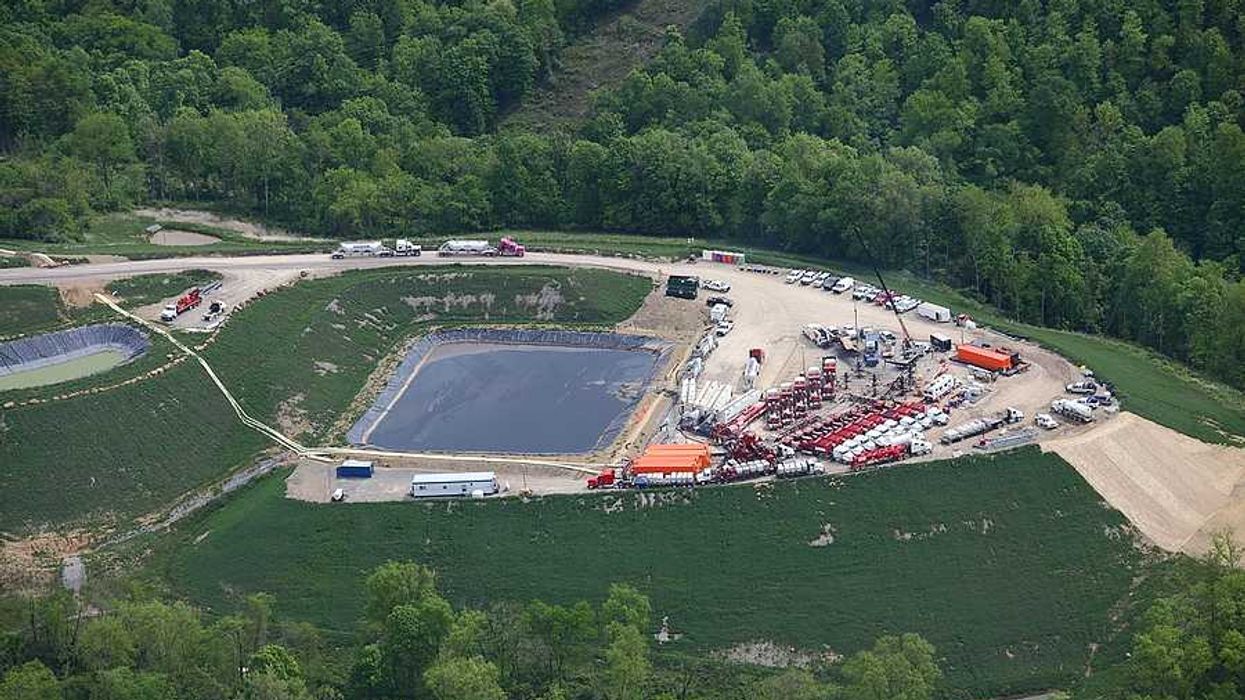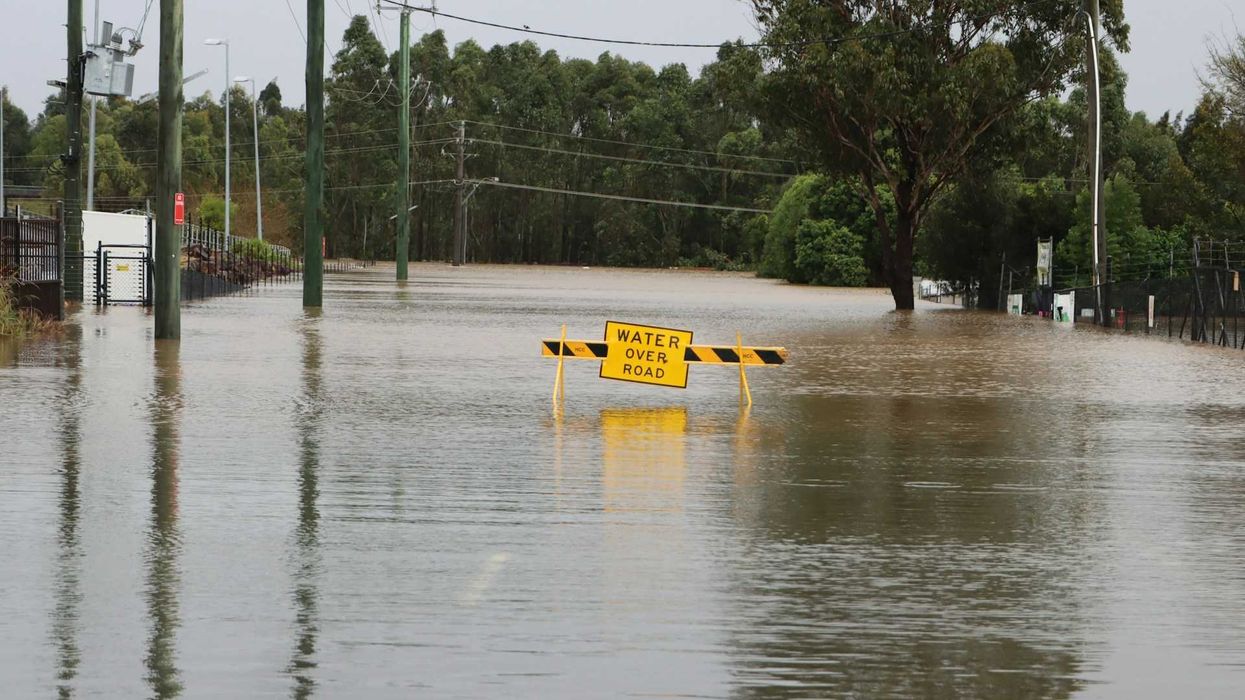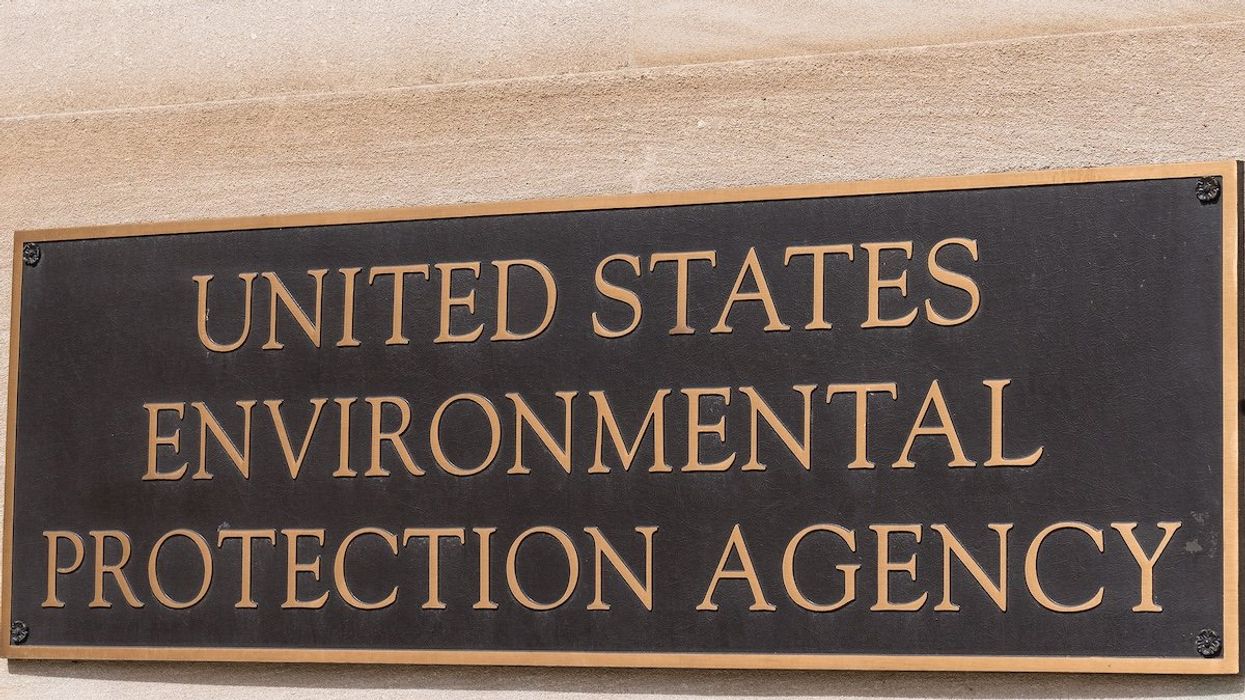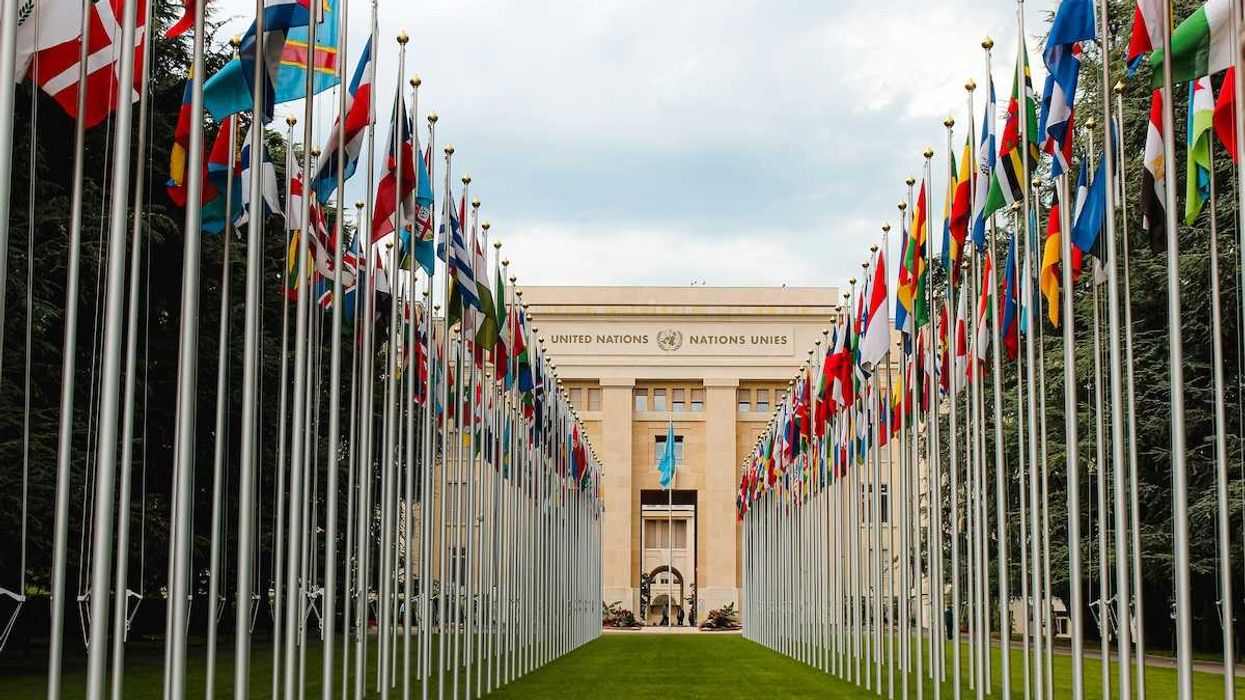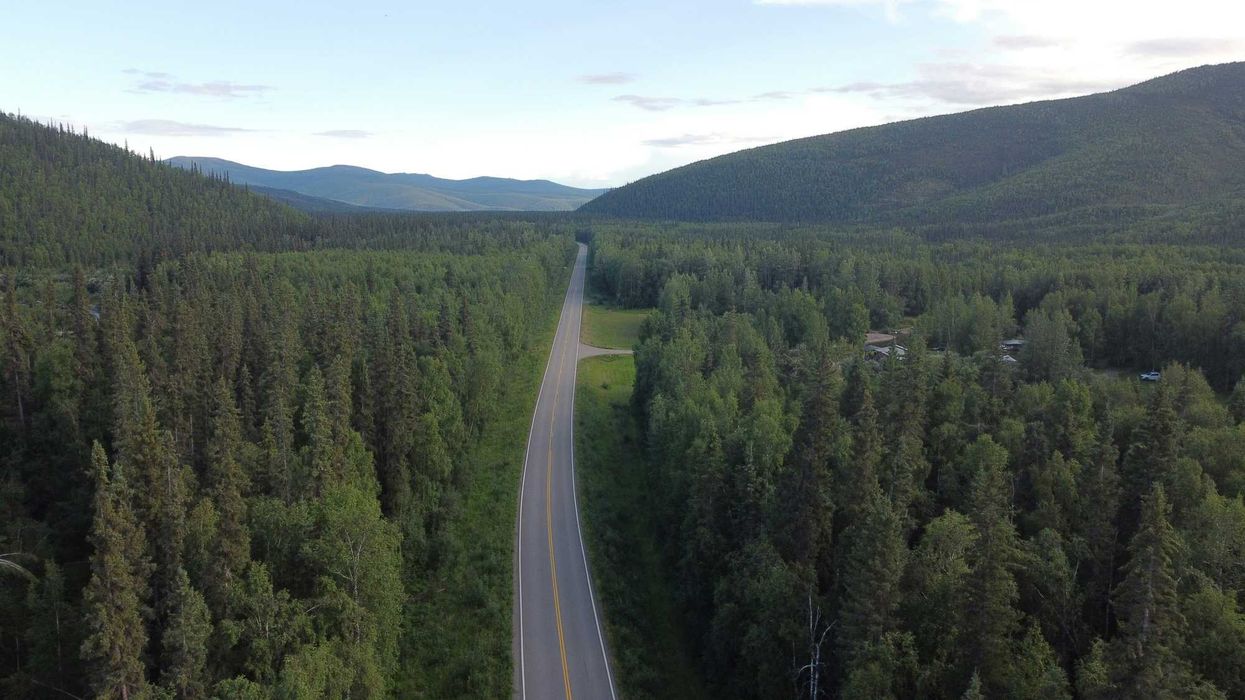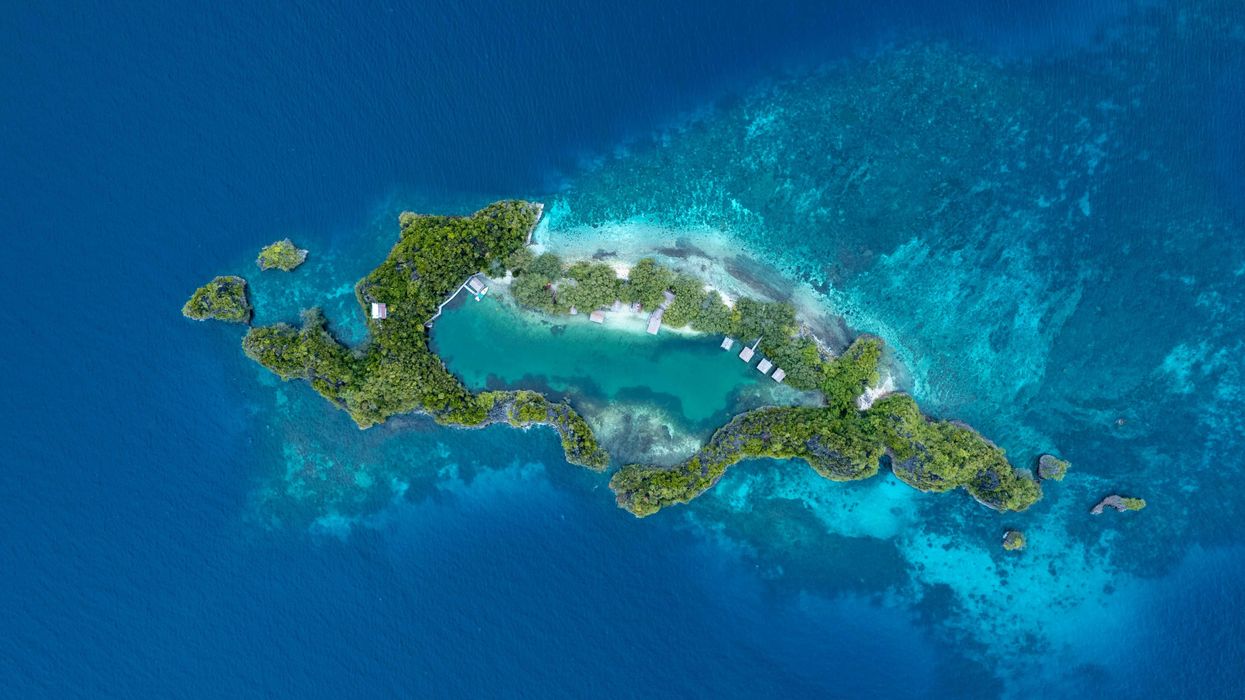Experts call for a national habitat conservation system
Douglas Fischer/EHN.org
Sept. 2, 2016
Disparate state, local, private and federal conservation efforts are failing to protect biodiversity. Connectivity and coordination would help, say agency scientists and conservation leaders.
By Douglas Fischer
EHN
Follow @EnvirHealthNews
In a warming, overdeveloped world, our patchwork collection of parks and conservation easements isn't up to the job of preserving the biodiversity we know and love today.
What's needed, says a prominent group of agency scientists and conservation leaders, is a cohesive, coordinated—and, in the United States at least, unprecedented—national approach to habitat preservation.
The paper is notable, in part, for the authors: Top science advisors for several federal agencies.The group of 14 authors argues, in a paper published in this month's edition of the journal BioScience, that major challenges such as climate change are imperiling the United State's natural heritage. Absent a "cohesive and strong" plan, they say, we risk our ability to conserve that heritage for the future.
"An enormous amount of conservation work, much of which benefits biodiversity, occurs every year in the United States," they write. "However, the lack of a comprehensive vision and strategy to integrate these efforts for achieving national as well as local conservation goals is a major impediment to ensuring that our individual efforts add up in the most effective manner to conserving our nation’s natural heritage."
The paper is notable, in part, for who the authors are: D.A. Boyce, Jr., national wildlife ecologist for the U.S. Forest Service. Raymond M. Sauvajot, associate director for natural resource stewardship and science in the National Park Service. Kit Muller, coordinator for the National Landscape Initiatives at the Bureau of Land Management.
Their participation signals that leaders within agencies "see this would benefit their work and the country," said Jodi Hilty, a co-author and president of the Yellowstone to Yukon Conservation Initiative, an effort to connect wildlife corridors from Yellowstone National Park in Wyoming to Canada's Yukon Territory.
The paper appears as conservation leaders from across the world gathered in Hawaii for Thursday's opening of the International Union of Conservation of Nature Congress, a 10-day gathering that aims to set the global conservation agenda for the next four years.
Tom Koerner/US Fish and Wildlife Service
It also comes a month after scientists reported, in the journal Nature, that three-quarters of the world's threatened species are imperiled from agriculture, land conversion and overharvesting.
And it's worth noting that the United States, as one of two countries that hasn’t ratified the Convention on Biological Diversity, is one of the few countries without a country-level conservation plan.
"The loss of biodiversity and ecosystem processes is accelerating," the authors of the conservation paper wrote. "Our conservation area portfolio is not representative of or adequate to protect the environmental, ecological or species diversity ... of the United States."
To change this, the authors offered three examples of successful conservation systems and partnerships.
Australia's national conservation system covers 16 percent of the country (in contrast, 13 percent of the land in the United States is considered conserved, according to the paper). But while conservation in the U.S. is rarely coordinated, Australian land stewards have specific guidelines for inclusion, management and monitoring of protected areas.
The European Union, meanwhile, has what the authors describe as the "most developed and formalized habitat conservation system in the world" in its Natura 2000 initiative, aimed at conserving habitats throughout the continent. More than 27,000 sites across 28 countries are included, representing 18 percent of the European Union.
"The future of habitat and biodiversity conservation will rely on an unprecedented level of cooperation"
Natura 2000 has its weaknesses—notably a top-down approach "that has failed to adequately engage local stakeholders"—but the successes offer important lessons for the United States, the authors say.
Of course hurdles exist to any effort to develop a national conservation plan. The United States would need to develop new conservation tools, such as incentives for private landowners and mechanisms to foster wildlife corridors and connectivity across multiple jurisdictions.
But the first key ingredient, the authors note, is vision.
"The future of habitat and biodiversity conservation will rely on an unprecedented level of cooperation across private, local, state, tribal and federal agency boundaries," they conclude. "
"Completing a national habitat conservation system will be the key to proactively meeting the challenges of conserving the habitats and biodiversity of the United States as well as North America."
Douglas Fischer is director of Environmental Health Sciences, nonprofit publisher of EHN.org and DailyClimate.org
EHN welcomes republication of our stories, but we require that publications include the author's name and EHN at the top of the piece, along with a link back to EHN's version.
For questions or feedback about this piece, contact Brian Bienkowski at bbienkowski@ehn.org.



